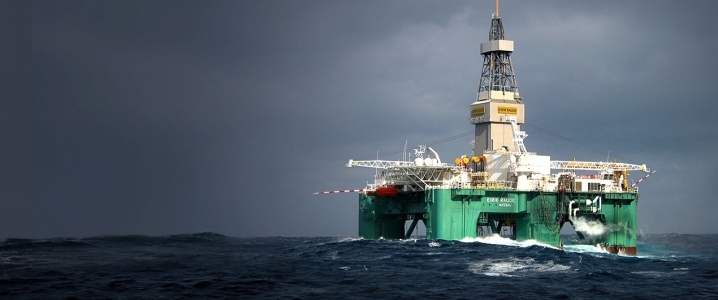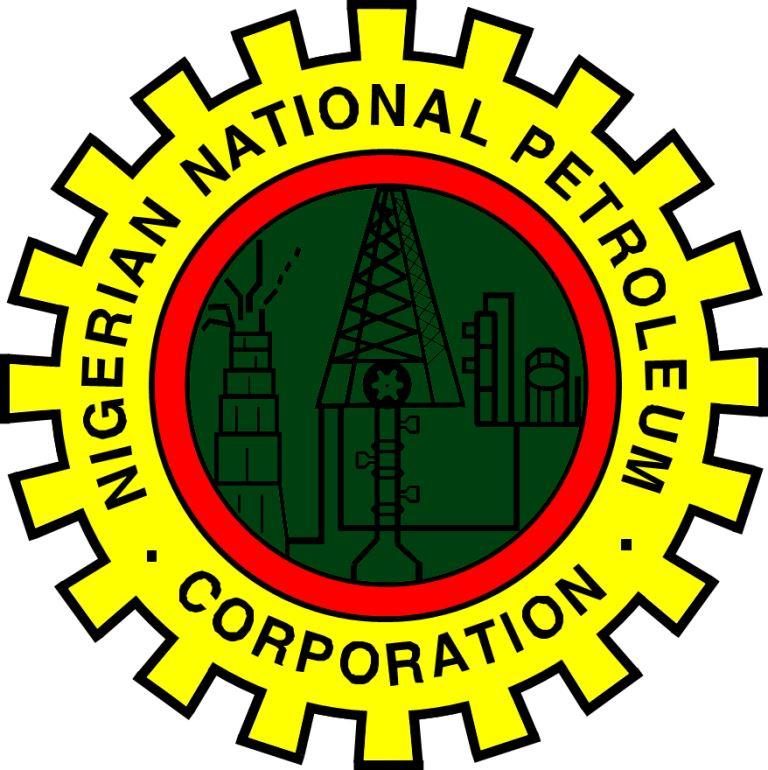By Nick Cunningham
Just as the U.S. shale patch is starting to look a little crowded, deepwater drilling could see a comeback.
Royal Dutch Shell says that offshore drilling is now more competitive than onshore shale drilling, upending what has become conventional wisdom since the 2014 oil market meltdown. The downturn was thought to place a premium on short-cycle shale drilling, dramatically reducing the risk companies face by allowing them to quickly earn their money back in a matter of months or even weeks on individual shale wells.
In sharp contrast, deepwater drilling requires huge upfront outlays, and promises returns that extend over years or even decades, not a particularly desirable place to be in the “lower for longer” environment or in a world in which peak oil demand looms.
But Shell argues that the earnings are much better offshore. “The most excitement at the moment is from the deepwater,” Andy Brown, Shell’s head of exploration and production, told the Financial Times in an interview. Shell has prioritized projects in Brazil (aided by the $50 billion acquisition of BG Group), the Gulf of Mexico and the North Sea.
The reason why deepwater drilling is so exciting to Shell is that the cost of new projects has fallen significantly in recent years. “Deepwater can compete if not demonstrate higher returns because of fundamental cost reduction,” Brown said. “Break-even prices in deepwater — we are now talking $30 per barrel.”
That compares favorably to a lot of onshore shale plays, and in fact, it would beat out just about everywhere that shale companies are drilling. For instance, the SCOOP in Oklahoma has a breakeven price in the mid-$60s per barrel, according to data from Bloomberg New Energy Finance from earlier this year. That is on the upper end, but even more competitive areas are much costlier than the figures that Shell is citing. The Eagle Ford breaks even at between $48 and $61 per barrel, the Bakken at $53 to $56, the Niobrara at $63 and the Delaware basin (Permian) at $57 per barrel. Even the Midland Permian, arguably the most prized shale region in the country, breaks even at about $37 per barrel, BNEF says.
With those figures in mind, the oil industry is going back into deepwater. According to Rystad Energy, there have already been 45 offshore projects that have received final investment decisions this year, more than all of 2016 combined. Moreover, offshore FIDs this year are on track to exceed the 2017 total by more than 50 percent.
Next year and the year after could see even more action. A new report from Wood Mackenzie estimates that the oil industry will approve about $300 billion in spending between 2019 and 2020.
Shell is aiming to generate between $6 and $7 billion in annual organic free cash flow by 2020 from its upstream unit. “It’s great to have both in the portfolio and we are growing our shales business . . . but in terms of sheer cash flow delivery our deepwater has significantly more cash flow potential,” Shell’s Andy Brown told the FT.
Shell has ambitious plans for Mexico’s offshore sector, and the Anglo-Dutch oil major scooped up 19 blocks across several auctions. Shell is also one of the largest oil producers in Brazil and secured a foothold in the country before the government liberalized energy laws a few years ago. The Gulf of Mexico in U.S. waters is also a key part of Shell’s portfolio.
Not all of the oil majors are following in Shell’s footsteps. Many of them are pursuing a somewhat mixed approach, moving forward on some major offshore projects while also substantially beefing up their shale business. For example, BP just bought the shale assets from BHP Billiton for over $10 billion, making it a major producer in the Permian. Still, the British oil major has also given the greenlight to a few offshore projects including the Mad Dog phase 2.
ExxonMobil is also pursuing this dual-track approach. Exxon spent more than $6 billion in early 2017 to expand its presence in the Permian, but the supermajor is also prioritizing the development of its offshore discoveries in Guyana. Meanwhile, ConocoPhillips swore off offshore drilling during the oil market downturn and instead promised to focus increasingly on shale.
In other words, there isn’t a consensus approach going forward in this era in which shale is growing quickly and long-term demand growth remains questionable. The oil majors are going about it different ways. But unlike the doldrums that the offshore sector found itself in during the 2014-2016 bust, offshore drilling is no longer playing second fiddle to onshore shale in terms of attracting scarce investment dollars.
Source: Oilprice.com





